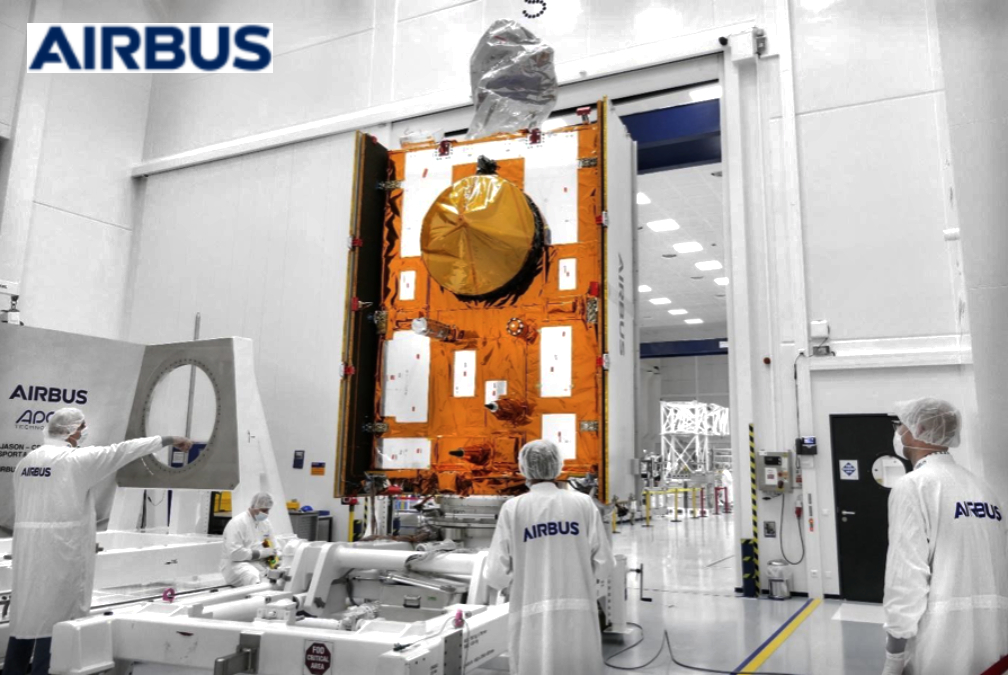
Airbus has completed Sentinel-6B, the second ocean monitoring satellite of the European Copernicus program and is now testing it extensively over the next six months in preparation for its use in space.
The Copernicus Sentinel-6 mission is already delivering high-precision measurement of the topography of ocean surfaces through the first of two satellites, Sentinel-6A, launched in November of 2020. The mission’s two satellites are built to measure the distance to the sea surface to an accuracy of a few centimeters and map it in a 10-day rhythm over a mission duration of up to seven years. Their purpose is to record changes in the height of the sea surfaces, variations in sea levels and analyze and observe ocean currents.
Accurate observation of sea surface height changes provides information about global sea levels, the speed and direction of ocean currents and the heat stored in the oceans. The measurements — obtained from 1,336 km. above the Earth — are crucial for ocean modelling and predicting sea level rise. This information helps governments and institutions to establish effective protection for coastal regions. The data is also valuable for disaster management organizations, and for authorities carrying out urban planning, flood protection schemes, or dyke construction.
Global sea levels are currently rising by an average of 3.3 millimeters per year, with potentially dramatic consequences for countries with densely populated coasts.
Part of Europe’s Copernicus, Sentinel-6 is also an international collaboration between ESA, NASA, NOAA and Eumetsat.

